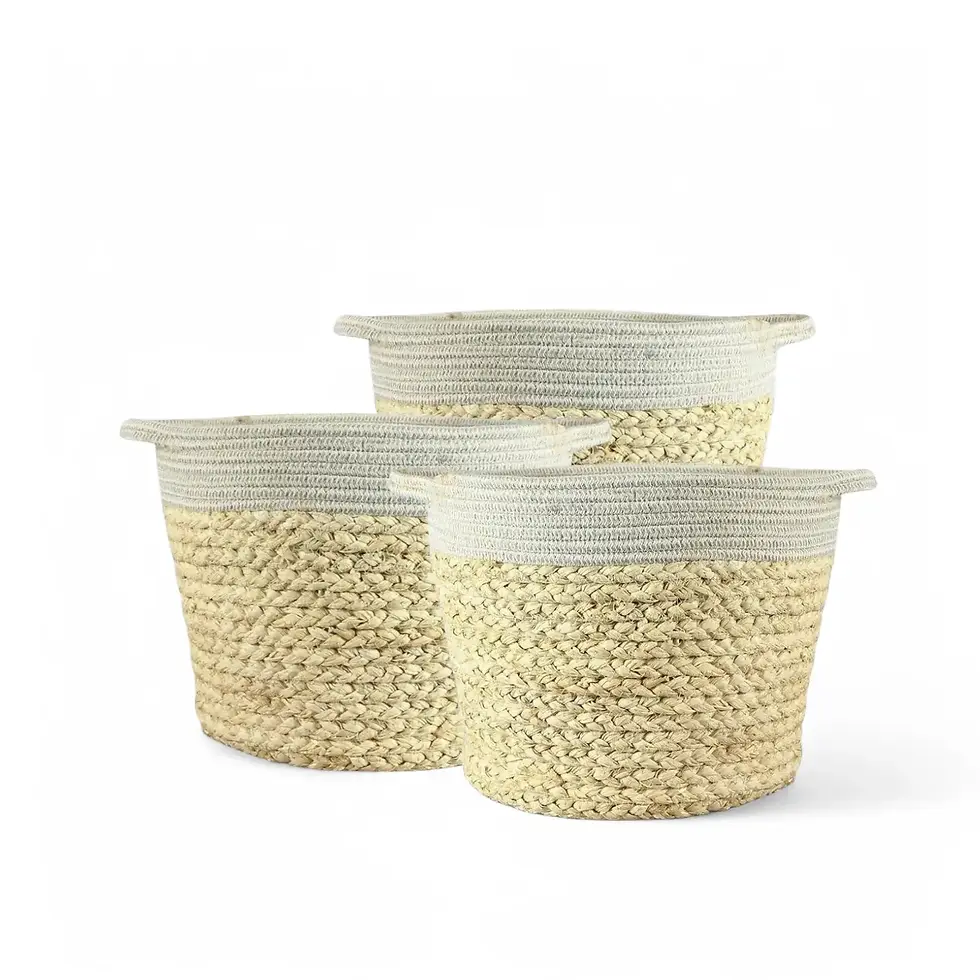Ficus elastica 'Tineke' - Information and Care Guide
Ficus elastica 'Tineke' is a stunning cultivar of Ficus elastica, commonly known as the Rubber Plant. This particular variety is cherished for its unique variegated foliage, displaying an elegant mix of creamy white, soft green, and delicate pink hues. Originating from tropical regions of Southeast Asia and India, Ficus elastica has been adapted as a popular indoor plant due to its ease of care and striking visual appeal. The 'Tineke' variety, with its vibrant, painted-like leaves, adds a sophisticated touch to any space, offering both beauty and botanical intrigue.
Features of Ficus elastica 'Tineke'
- Variegated Leaves: Displays a blend of creamy white edges, light green patches, and a hint of pink, making it a visually striking plant.
- Growth Pattern: Grows upright, reaching heights of up to 1.5 meters indoors, forming a compact, tree-like shape.
- Leaf Texture: Large, oval-shaped, glossy leaves with a thick structure, enhancing resilience to various indoor conditions.
Ficus elastica 'Tineke' Care Guide
Caring for Ficus elastica 'Tineke' is straightforward, making it suitable for both novice and experienced plant enthusiasts. Follow these care guidelines to maintain its health and vibrancy:
→ Light Requirements
- Prefers bright, indirect light but can tolerate lower light conditions.
- Avoid direct sunlight, as it may cause leaf burn, especially on the variegated parts.
→ Watering
- Water when the top 2-3 cm of soil feels dry to the touch.
- Reduce watering during winter months, ensuring the soil remains slightly moist but not soggy.
→ Humidity
- Thrives in moderate humidity levels, around 40-60%.
- If the air is too dry, especially in winter, consider using a humidifier.
→ Temperature
- Ideal temperature range is between 15-24°C.
- Keep away from cold drafts and sudden temperature fluctuations.
→ Soil and Potting
- Use a well-draining potting mix, ideally one formulated for indoor plants.
- Repot every 1-2 years or when roots start to outgrow the pot, preferably in spring.
→ Fertilization
- Feed with a balanced, water-soluble fertilizer once a month during the growing season.
- Avoid over-fertilizing, as this can lead to leaf discoloration and root damage.
→ Pruning
- Prune to maintain the desired shape and remove any yellowing or damaged leaves.
- Regular pruning can encourage bushier growth.
Ficus elastica 'Tineke' - Common Issues and Solutions
- Leaf Dropping: Often caused by sudden changes in light or watering routine. Maintain a consistent environment to avoid stress.
- Brown Edges: This may indicate underwatering or low humidity. Increase humidity levels and ensure regular watering.
- Pest Infestations: Ficus elastica 'Tineke' can be prone to pests like spider mites, mealybugs, and scale insects. Regularly check the leaves, and if pests are detected, treat them with insecticidal soap , neem oil, or use beneficial insects.
- Root Rot: Caused by overwatering or poor drainage. Ensure the potting mix is well-draining and avoid letting the plant sit in water.
Additional Tips for Ficus elastica 'Tineke'
- Placement: Thrives in a location with ample indirect light. A few meters away from a north- or east-facing window is ideal. Rotate the plant occasionally to ensure even growth.
- Support: As the plant grows taller, it may require support. A simple stake can help keep it upright.
- Acclimatization: When moving the plant to a new environment, give it time to adjust. Abrupt changes in light or temperature can stress the plant.
Etymology
The genus name Ficus dates back to around 1400, derived from the Latin word "ficus," meaning fig or fig tree. This name was formalized by Carl Linnaeus in 1753 to describe this large genus of trees and shrubs. Elastica refers to the plant's ability to produce a latex-like substance, which was historically used in the manufacturing of rubber, giving it the common name "Rubber Plant."
FAQs About Ficus elastica 'Tineke'
- How often should I water Ficus elastica 'Tineke'?Water when the top 2-3 cm of soil is dry. Avoid overwatering to prevent root rot.
- Can Ficus elastica 'Tineke' tolerate low light?It can adapt to lower light conditions but thrives best in bright, indirect light.
- Is Ficus elastica 'Tineke' toxic to pets?Yes, it is toxic to pets and humans if ingested. Keep out of reach of children and animals.
Order Your Ficus elastica 'Tineke' Today!
Enhance your home with the elegance of Ficus elastica 'Tineke'. Its unique variegated foliage and easy-care nature make it an excellent addition to any plant collection. Order now and enjoy this stunning houseplant in your space!
Ficus elastica 'Tineke'
Ficus elastica 'Tineke' comes in following sizes:
Baby Plant – ⌀ 6 cm pot and is approximately 15 cm tall
S – ⌀ 12 cm pot and is approximately 35 cm tall
M – ⌀ 17 cm pot and is approximately 50 cm tall
L – ⌀ 24 cm pot and is approximately 65 cm tall
XL – ⌀ 27 cm pot and is approximately 90 cm tall
XXL – ⌀ 27 cm pot and is approximately 150 cm tall























































